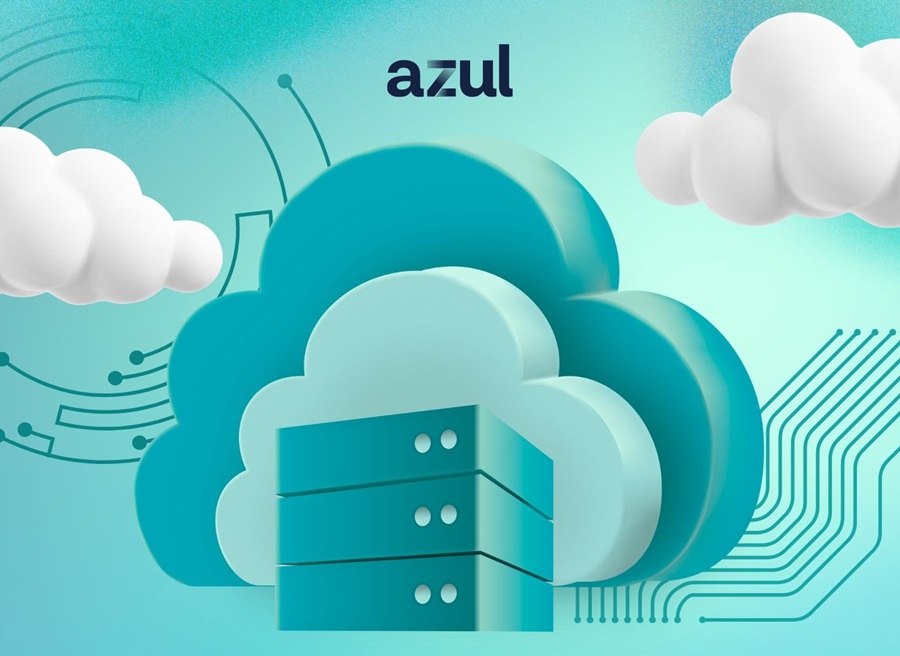Remember the days when you went to the bookstore, wandered the aisles, paged through a few books and then made your selection? Or when you used to fly cross-country for a meeting with business associates in another state so you could share information face-to-face?
Today, you likely visit fewer bookstores, and you may have curtailed your business travel. If you want something to read, you download it on your eReader. If you need to meet with someone hundreds of miles away, you might use Skype, WebEx or another online meeting application to meet virtually.
The Internet, mobile and today's apps have fundamentally changed the way we live our personal lives and conduct business. Today, people have come to expect instant gratification and an unprecedented level of convenience. They want what they want now, and it should be at their fingertips.
As businesses respond to customers' and internal stakeholders' rising demands, information technology departments are on the forefront, shaping their company's future. Given that 90% of IT decision makers who responded to a survey by Red Hat Mobile expect to increase their mobile app development in 2016, IT organizations are facing tremendous challenges.
How can you be responsive to user demands and support the apps they require?
The first step is to optimize your data center. Data center monitoring that provides analytics about your entire IT infrastructure, whether it's on premise, in the cloud or a hybrid environment, is the foundation for this process.
It's difficult, however, to use such data efficiently if you have a patchwork of monitoring solutions. For instance, looking at servers, storage, SAN and applications separately is not helpful because they are all interdependent. Instead, you need one cloud-based monitoring tool with an enterprise dashboard that gives you an at-a-glance big picture of your entire infrastructure. It should also provide predictive analytics and enable you to drill down to unravel any issues. With these capabilities, you should be able to do the following:
1. Get Utilization "Just Right"
Goldilocks was not happy until the porridge, the chair, and the bed were "just right." Likewise, IT leaders cannot be satisfied until the utilization of their assets is "just right." Under-utilization may feel comfortable because it ensures performance for end users. However, it wastes IT resources. On the other hand, over-utilization puts the user experience at risk due to potential slowdowns and outages. Using data to identify under- and over-utilization issues can help you to address them.
2. Squeeze the Most Out of Tight IT Budgets
If you're like many IT leaders, you're likely dealing with a stagnant or declining budget. Within that, you're expected to achieve more than ever before.
You can use your infrastructure-wide data to review patterns in capacity and performance, gaining insights into how you can best accommodate peak times. Also, it helps with server consolidation projects. Instead of assuming you are maxing out the usage of your current servers, for example, you can know your utilization levels and make intelligent decisions based on facts. Other budget-saving projects that depend on enterprise-wide data include the elimination of unused virtual machines (VMs), improving forecasts for servers and storage, and asset management.
3. Shore up Security
One of today's nightmares is that a security breach could disrupt operations. More and more business units, such as marketing and sales, are using public cloud-based applications to meet their needs. They often do so outside the guidance of IT. If this phenomenon exists within your company, commonly known as "shadow IT," it has the potential to open the door to hackers. Cloud-based data and analytics with encryption and authentication can help you determine applications and data that may be at risk.
4. Ace the Agility Test
With the increasing demand for apps, it's challenging to deliver them on time. But data and analytics can help you to provide storage and server capacity rapidly to support their needs. You may, for example, be able to use under-utilized assets to accommodate new apps and associated data. However, you can only do this if you can identify them easily and quickly.
In the app economy, there's a lot on the line for IT organizations. They must be proactive in optimizing their data centers to meet consumer and internal user demands. To do so, they should take advantage of data center monitoring tools that provide the data and analytics they need to make intelligent, rapid decisions about their IT infrastructure.
Tim Conley is Co-Founder and Principal of Galileo.

